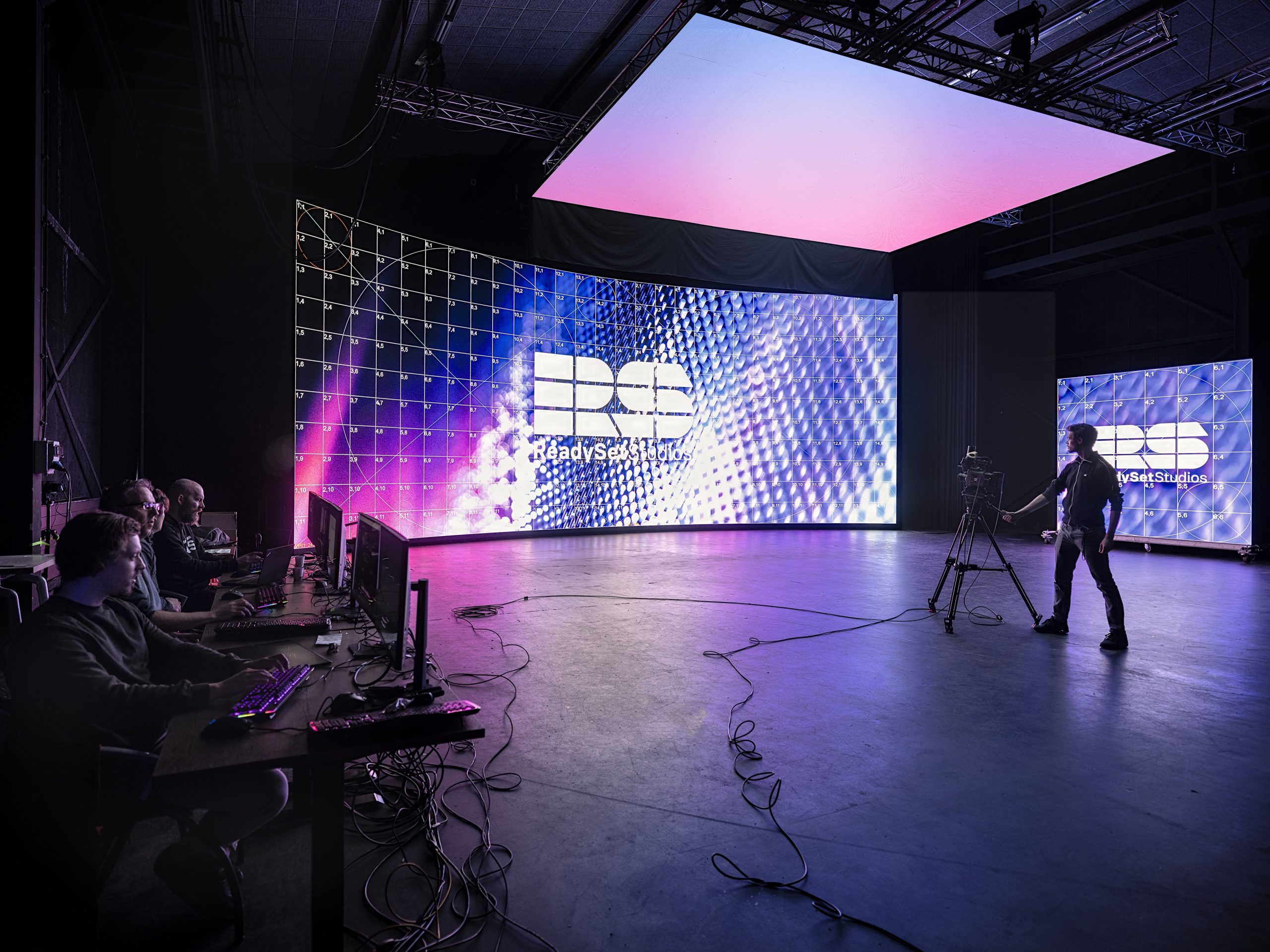When talking about image clarity, it is crucial to take into account picture pitch, which is the gap between the midpoint of one pixel to the center of the next pixel. A reduced picture pitch yields a greater image clarity, enabling additional clarity in the images displayed. For example, an LED wall with a pixel spacing of 1.5mm will offer a clearer image than one with a pixel pitch of 3mm. This is especially important in environments where audiences are near to the display, such as in a compact location or a exhibition show booth. In these cases, a greater image clarity can significantly enhance the observing quality.
Another aspect of image clarity is its impact on color accuracy and brightness. LED screens with greater image clarity often have superior hue rendering, indicating that the hues displayed are more lively and true to life. This is essential for uses like marketing, where the objective is to capture interest and convey a message effectively. Additionally, higher image clarity screens can maintain luminosity levels even when seen from various perspectives. This is crucial in large venues where audiences may be seated at various ranges and positions from the display.

The functionality of LED walls is also influenced by resolution in terms of update frequencies and response times. A greater image clarity screen can support quicker update frequencies, which is crucial for fast-moving material such as videos and motion graphics. This indicates that the images on the screen will appear smoother and more fluid, improving the overall observing experience. In comparison, reduced image clarity screens may have difficulty with dynamic material, resulting in fuzziness or lag. Therefore, for occasions that depend on dynamic images, selecting a screen with a appropriate resolution is vital.
In summary, image clarity plays a crucial role in defining the functionality and image quality of LED screens. Elements such as pixel view it now pitch, hue precision, brightness, update frequencies, and reaction durations all affect how efficiently a screen can communicate data and engage viewers. As advancements continues to progress, grasping these factors will assist operators choose the right LED wall for their specific needs, ensuring that they achieve the optimal potential outcomes in their displays and events.